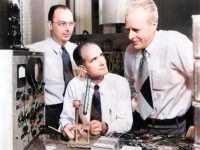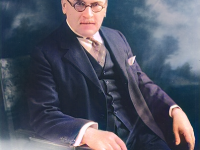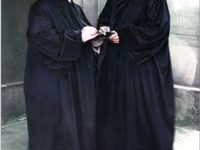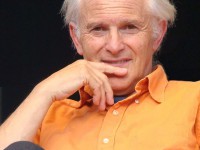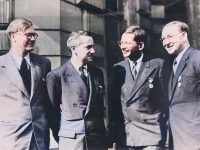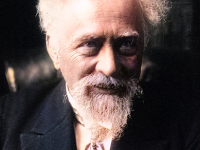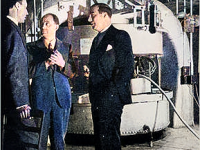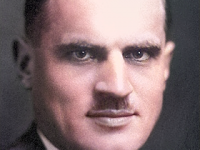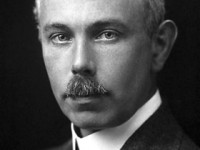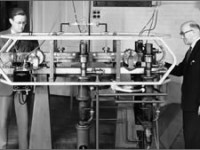Walter Houser Brattain and the Age of the Transistor
On October 13, 1987, American physicist and Nobel Laureate Walter Houser Brattain passed away. At Bell Labs, Brattain along with fellow scientists John Bardeen and William Shockley, invented the point-contact transistor in December, 1947, for which they shared he 1956 Nobel Prize in Physics. Youth and Education Walter Houser Brattain was born in 1902 in Xiamen, Fujian, China, to Ross R. Brattain, a teacher at the private Ting-Wen Institute, and Ottilie Houser…
Read more

